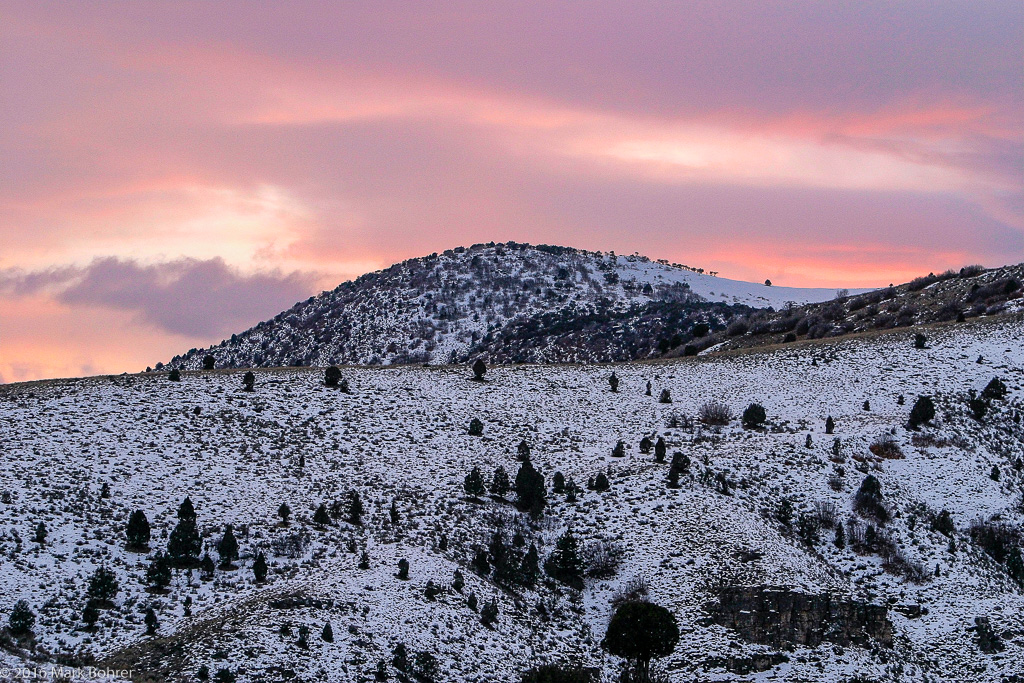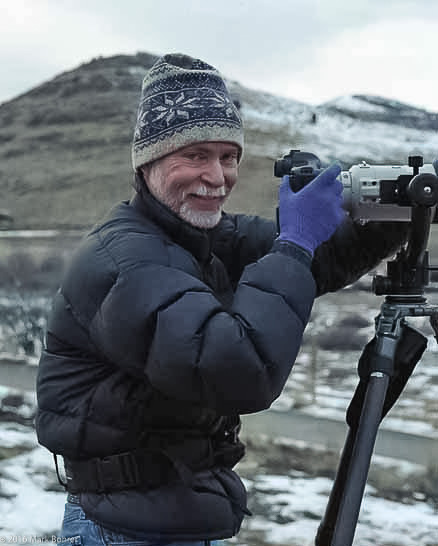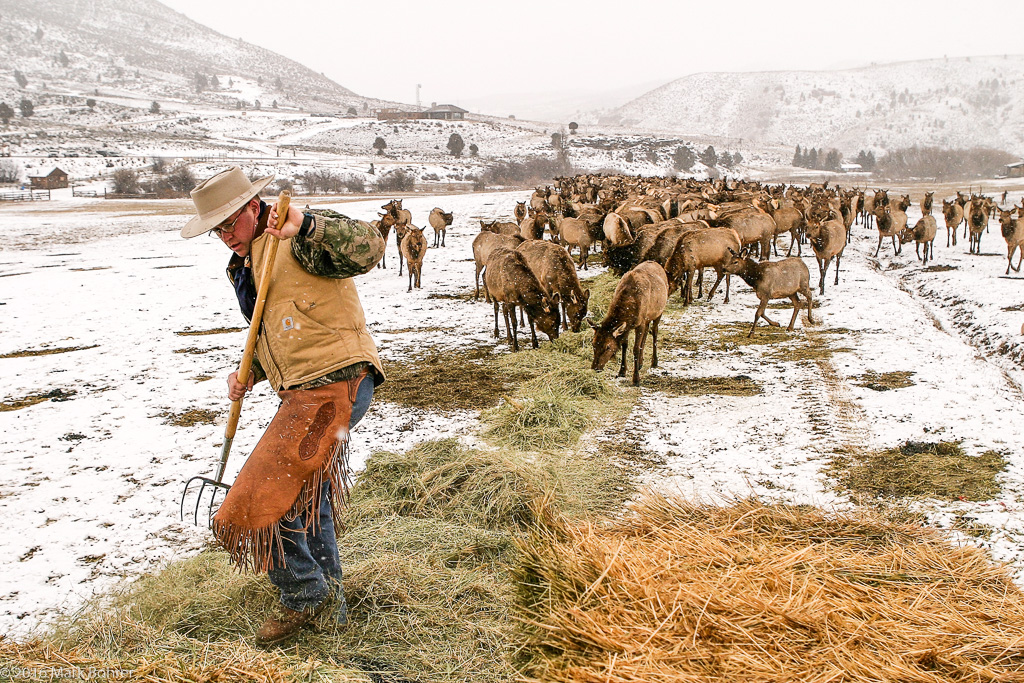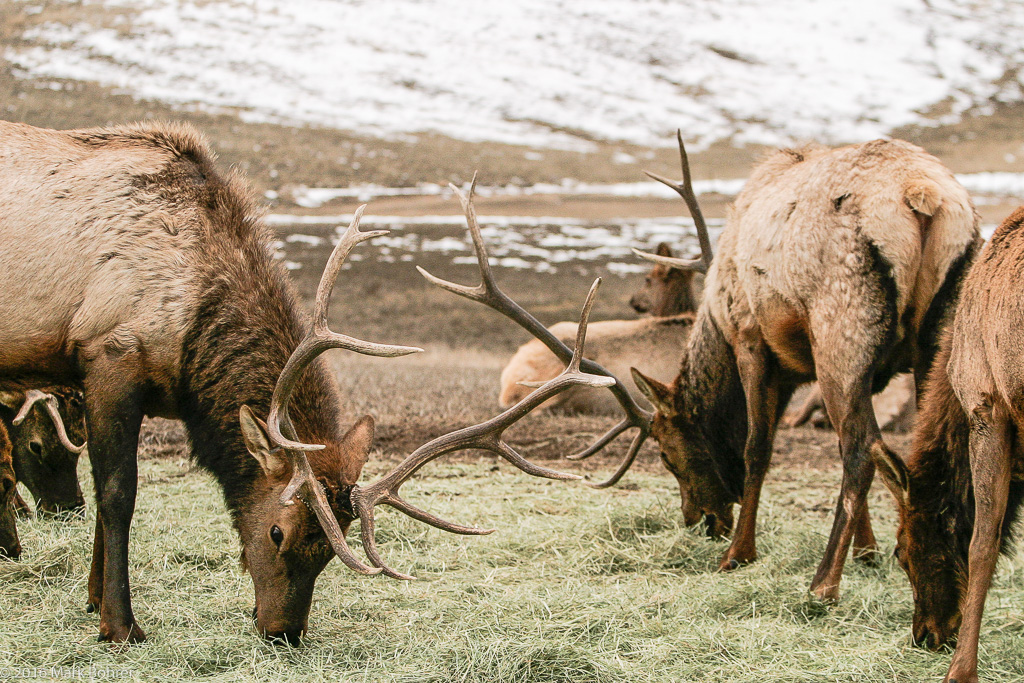 Why you’re out there – Winter sunrise at Hardware Ranch Wildlife Management Area, Utah Better Living Through Chemistry I had a chemistry set when I was a kid. Hidden in a red metal fold-out box, its shelves held mysterious and colorful potions just waiting to be mixed up. In college, I discovered what most of those potions were for. Every fall semester around homecoming, the head of the chemistry department did a demo. Among other things, he created layers of the school’s orange and blue colors in a beaker to rouse school spirit. It was a good show, but not enough to convince me to be a chem major. Nope, I went for electrical engineering instead. Battery Gas Gauge Years later in Silicon Valley, I designed a chip to monitor charge in and out of a battery, so you’d know how much juice you had left. It had to work with NiCad, NiMH and LiIon battery chemistries. During my design research, I quickly discovered technical proof for what I already knew – LiIon batteries run out of juice faster at cold. You get lower voltage, but you also get less current. Since the switching regulators in most cameras can handle some voltage variation, that’s not a problem. But current capacity drops by half between 23 C (73.4 degrees F, room temperature) and 0 C (32 degrees F, freezing). By the time that winter temperature heads to -10 C (14 degrees F), you’ve lost 80% of your juice. You won’t be outside long with your camera between battery swaps in Utah or Colorado winters. Always Carry Spares I hate bricked cameras. I carry 1-2 spare batteries for each camera I’m using, so I won’t be short of power. Battery chemistry has come far enough to allow me at least 2 hours of camera use per battery in 10-20 degree F temperatures. I’m usually too cold and come in by the time one of them craps out, and I charge them religiously every night. I conserve battery power by always shutting off cameras between shots. With relatively fast power-on times and landscape subjects, I don’t lose any shots. Years ago, I was caught at end-of-roll film exposure 36 when a top-seed downhill bike racer made his only run of the day. With digital, I do my very best to always have available memory cards and charged batteries. So what do you do to make cold weather photography tolerable?  The well dressed photographer – Mark at Hardware Ranch WMA, Utah 1. Dress in layers. I always wear a liner shirt and long johns from REI or Patagonia. I’ll wear 511 Tac Pants (part of many park rangers’ uniforms), fleece shirt, and either a down jacket if it’s very cold or a fleece WindWall 2 jacket if it’s not. Either way, I’ll add a scarf, ends tucked inside the coat. 2. I’ll wear a wool cap or a wool beret depending on how cold it is. Of course, I’ll slather the sunscreen on my face – it’s too cold for a ballcap to shade it, and my Scottish ancestors bequeathed me fair skin. 3. Discover fingertipless gloves. These let you manipulate your camera without taking them completely off. I use the type with a fold-over mitten top to cover fingers when I’m not actively shooting. In film days, I’d wear a thin pair of liner gloves for dexterity with outer fingertipless rag wool gloves over them – no mittentops back then. If it’s not too cold, I’ll just wear the liners.  Feeding the elk at Hardware Ranch WMA, Utah 4. Carry spare batteries close to your body in extreme cold. This may give you more capacity and shooting time. In film days, major manufacturers made remote motor drive batteries you could keep warm in a pocket. Most camera batteries are changeable with those fingertipless gloves on. Discharged batteries go in a special pocket of my camera fanny pack or holster. 5. Use 16GB or larger memory cards to avoid the dreaded “Memory Card Full” message and a card change in the cold. Always check your memory card status after a shooting day or two, and swap in a new one the night before if you need to. If you do get caught out for a card swap, those fingertipless gloves make it easier and much warmer.  Elk munching at Hardware Ranch, Utah More Info Understanding the characteristics of Li-ion batteries, accessed from http://tinyurl.com/huybvmn LTC4150 Coulomb Counter / Battery Gas Gauge data sheet, accessed from http://tinyurl.com/k5k2saf Hardware Ranch Wildlife Management Area, Utah Division of Wildlife Resources |
(408) 483-3782
Curious about how to shoot ruins?(408) 483-3782

Recent Comments